Image problems: cause and resolution
Incorrect colors
Cause of incorrect colors:
Incorrect white balance.
Resolution of image problems:
White balance is a technical method to adapt digital cameras to the color temperature of the dominant light sources in the scene.
Understanding digital white balance can help improving photos under a wider range of lighting conditions.
Correct white balance produce colors that match those in the original scene. An incorrect white balance can create unsightly blue, orange, green color casts, which are unrealistic and particularly damaging to photograph.
Look in your camera manual for the description of white balance changing procedure. Examine and adjust the white balance in your camera before shooting if needed.
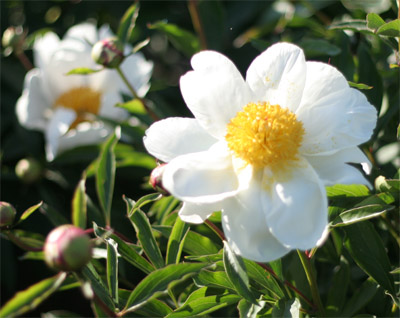 | 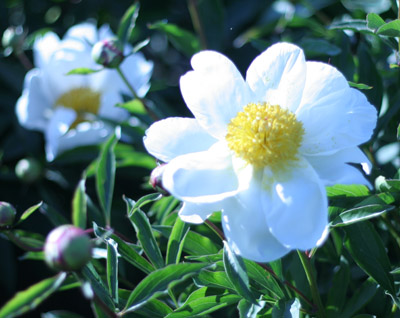 |
| Photo 1. Correct white balance | Photo 2. Incorrect white balance |
The temperature of the light illuminating an object is extremely important. Most cameras offer presets for common sources of light:
Each camera manufacturer uses their own sets of algorithms to calculate the proper white balance for an image; and in most cases, the resulting colors are quite accurate. However, sometimes the auto white balance can be wrong, resulting in inaccurate color. In this case, look in your camera manual. There should be a way to set it manually for unusual lighting situations.
One way to describe the color of a light source is by its color temperature. The color temperature scale is calibrated in degrees Kelvin.
| Color Temperature | Light Source |
| 1800 K | a candle |
| 2800 K | tungsten lamp (ordinary household bulb) |
| 3200 K | studio lamps, photofloods |
| 5000 K | a designation of D50 stands for "Daylight 5000K" and is the most common standard for professional light booths for photography, graphic arts, and other purposes |
| 5200 K | bright midday sun |
| 5500 K | average daylight, electronic flash |
| 6000 K | lightly overcast sky |
| 6500 K | heavily overcast sky |
| 8000 K | hazy sky |
| 20000 K | deep blue clear sky |
| 28000 - 30000 K | a lightning bolt |
The color temperature scale ranges from the lower color temperatures of reddish light to the higher color temperatures of bluish light.
temperature scale
Daylight contains proportionately more light toward the blue end of the spectrum. Incandescent light contains more toward the red end. That's why we describe daylight as "cooler" and incandescent light as "warmer."
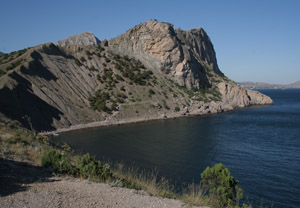 | 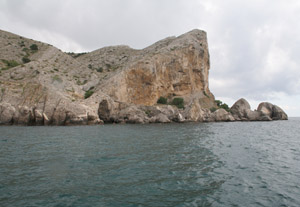 |
| Photo 1. Cool Day light, clear sky | Photo 2. Cool Day light, overcast sky |
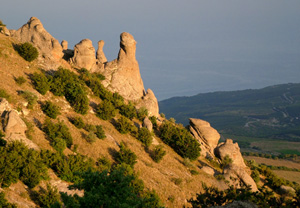 | 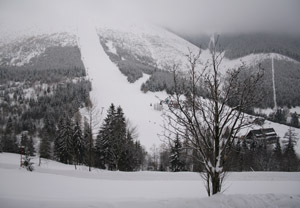 |
| Photo 3. Warm of sunset | Photo 4. Shade or heavily overcast sky. |
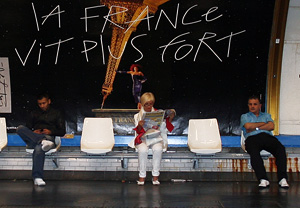 | 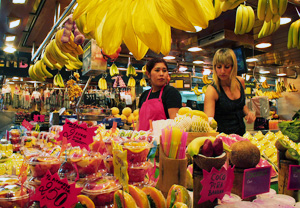 |
| Photo 5. Electronic flash | Photo 6. Tungsten Bulb |
Processing image:
Our photo designers can adjust color of your photos. Just click here to upload your photo and describe what kind of image enhancement you would like us to perform.
See photo retouching.
